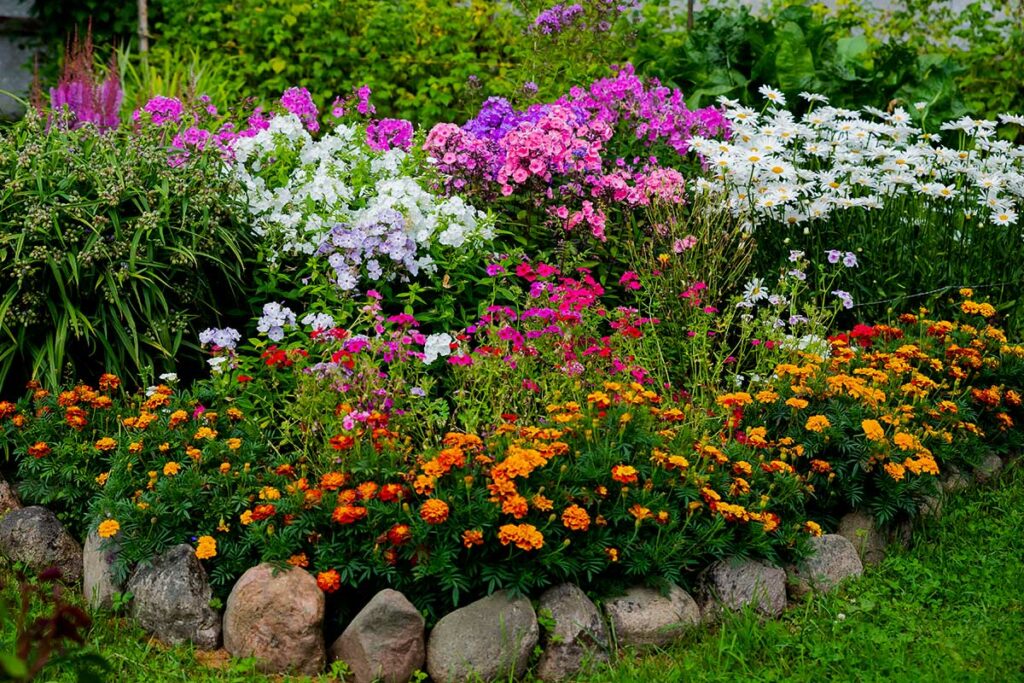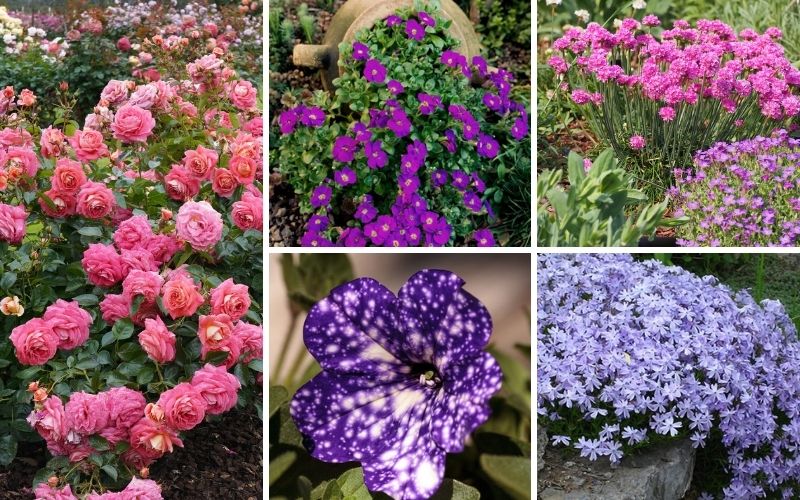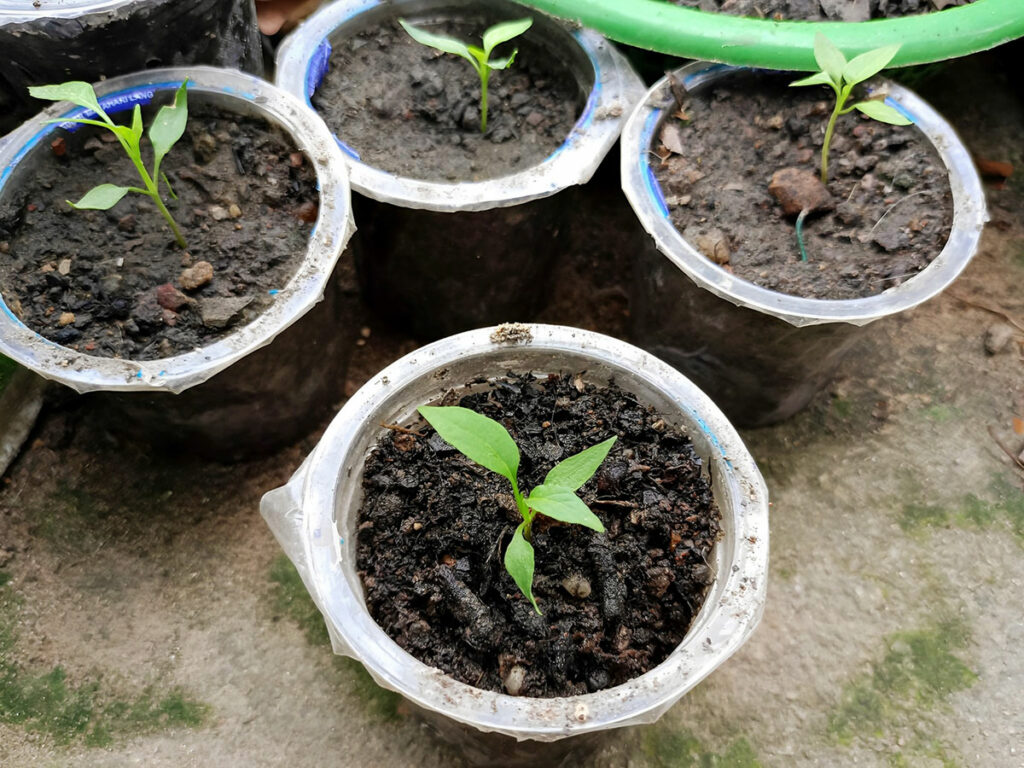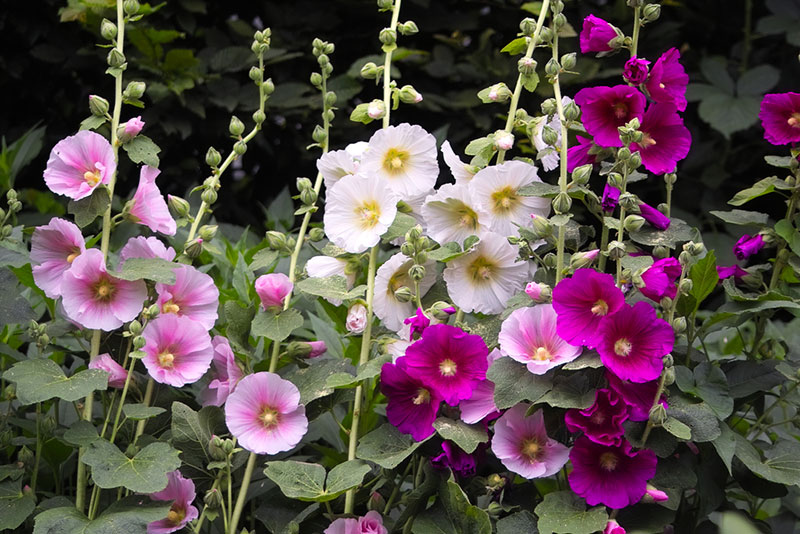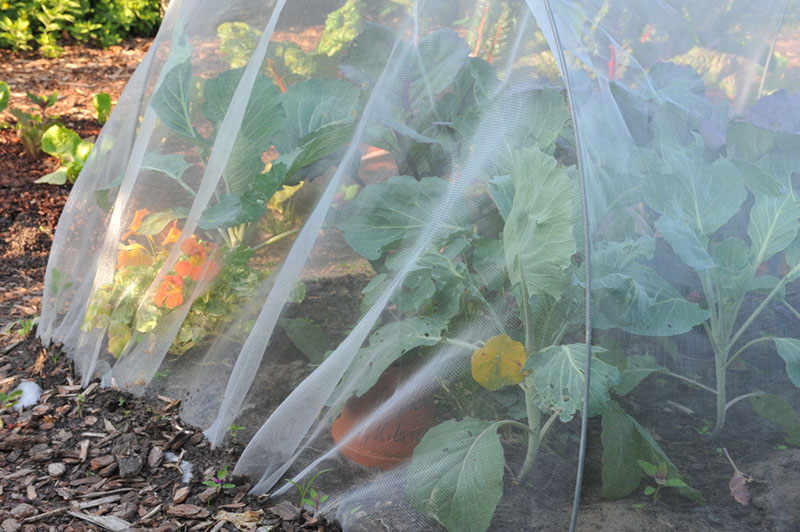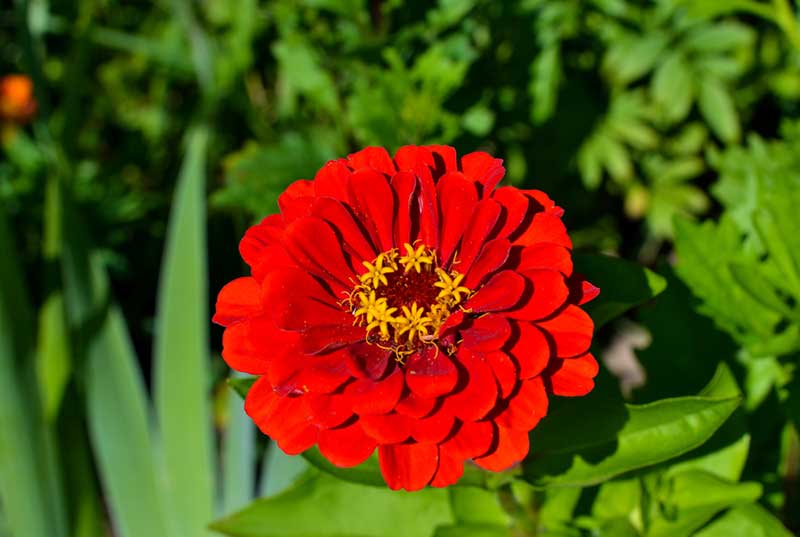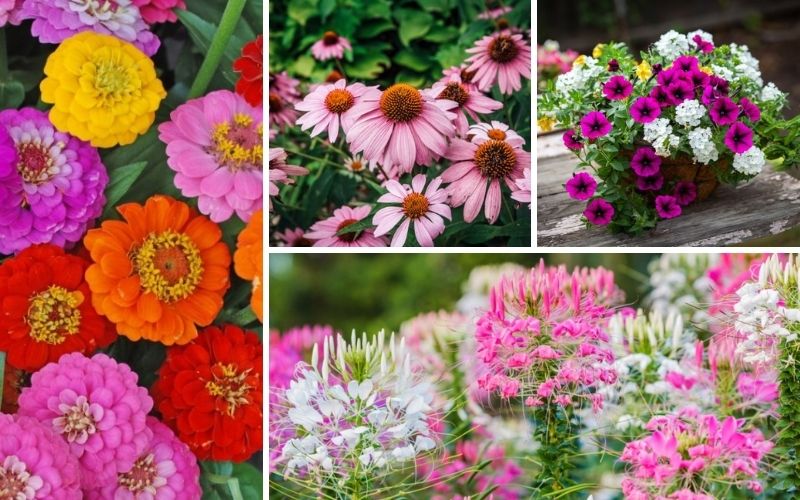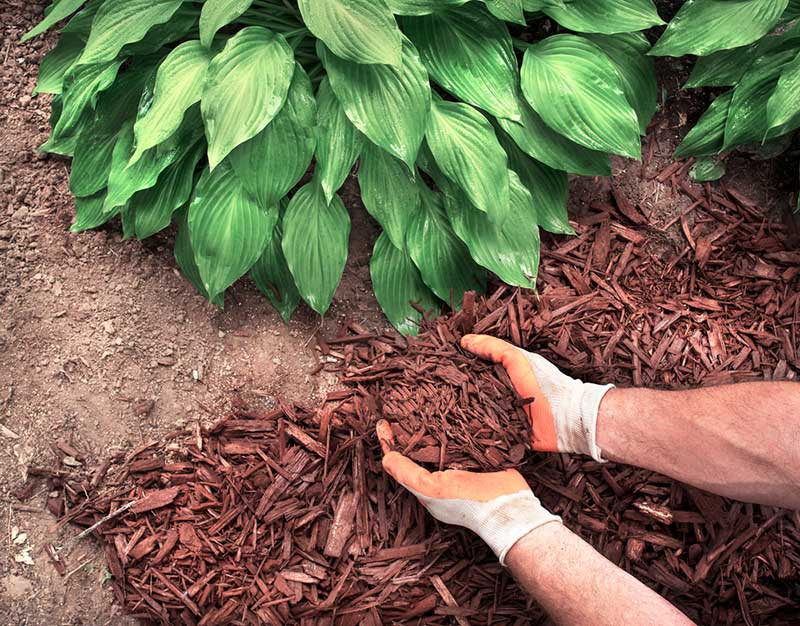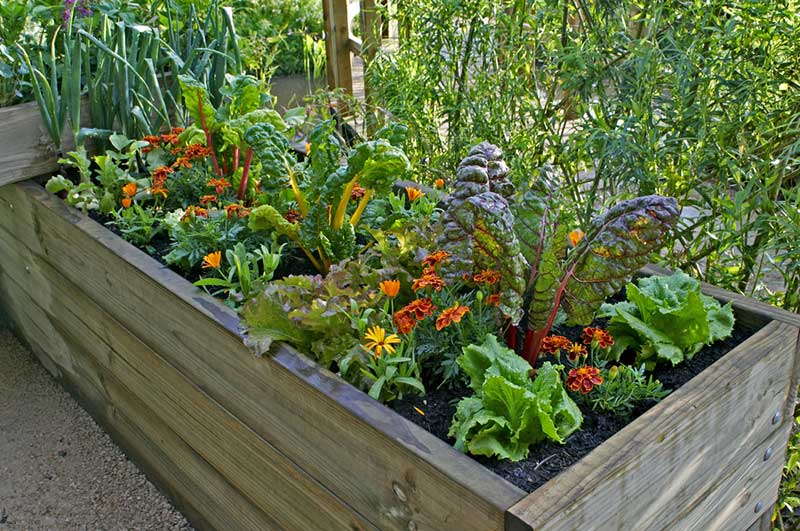
Raised beds allow you to create a planting area with a custom soil mix that has the drainage properties you desire. If your existing garden soil is too clayey or tends to flood, a raised bed elevates plants out of those conditions and allows the soil to retain a more reasonable amount of moisture, rather than leaving everything in mud.
However, the soil in those beds can pack down over time and become soggy from rain and snow as the soil lies unused in winter, making the bed itself in need of better drainage, especially if the bed was built with less-than-optimal materials to begin with.
It may take time and effort to fix the bed, but that effort will pay off when you see your plants looking healthier and producing better flowers and fruits or vegetables.
The Bed’s Height Has to Be Adequate
A raised bed is technically any garden bed that is elevated over the rest of the soil. These can be simple mounds or fully designed containers made of wood or other materials with the top edge of the bed border doubling as a bench. However, the amount of usable soil in the bed needs to be at least 6 to 10 inches deep for most plants, which means that if you’re not going to till and use any soil in the ground, then the bed needs to be at least 6 to 10 inches high, depending on what you want to plant.
The lower the bed, the more soil in the ground you’ll have to till and amend. If you built a low raised bed and didn’t till any soil in the ground (for example, you added 3 to 4 inches of soil on top of the ground but didn’t amend any soil under that pile), you have to redo the bed. You can either remove the bed soil and till the soil in the ground (replacing the bed soil afterward), or simply add more soil on top to create a higher bed.
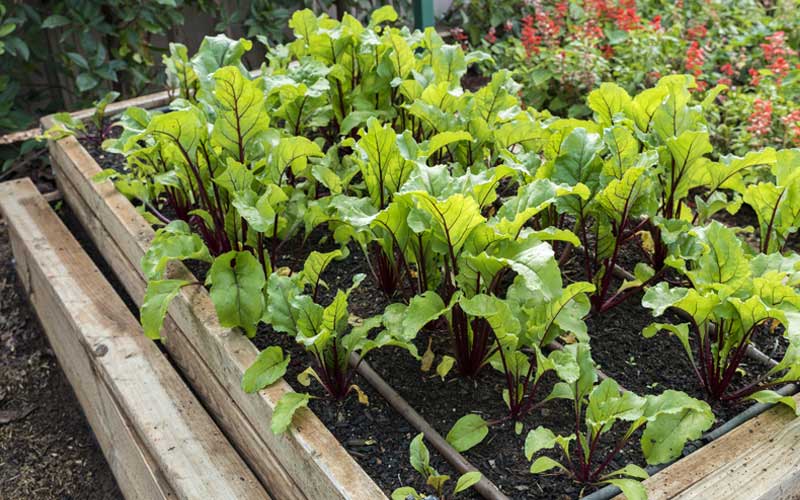
Note That Well-Draining Is Not the Same as Fast-Draining
One important warning is that well-draining soil is not the same as fast-draining soil. Not only do you want the soil in the bed to drain enough water away so that your plants don’t drown or develop root problems, but you also want the soil to retain enough moisture for a long enough time that the plants get the water they need.
While most drainage problems involve soil that doesn’t drain enough, sometimes you may have soil that’s draining too quickly, in which case improving the drainage will focus more on retention. The steps you can take in either case are similar.
Use a Soil Mix in the Bed – Not Plain Soil From Your Yard
Another issue that can lead to poor drainage in a raised bed is the soil you used to create the bed. If you used only plain soil from your yard, didn’t add amendments like compost, and didn’t use a soil mix such as topsoil, sand, and peat, then the drainage in the bed isn’t going to be much better than the drainage anywhere else in your yard.
Even if you plan to have a low raised bed with amended soil below, you still need to add soil that offers the drainage you want. You can use a commercial mix or combine topsoil (try to get certified weed-seed-free topsoil) with materials like peat, compost, pine bark mulch, sand, and fertilizer or lime as needed.
The recommended mix will vary based on where you live; check with a university agricultural extension office or nursery for the best choices for your area.
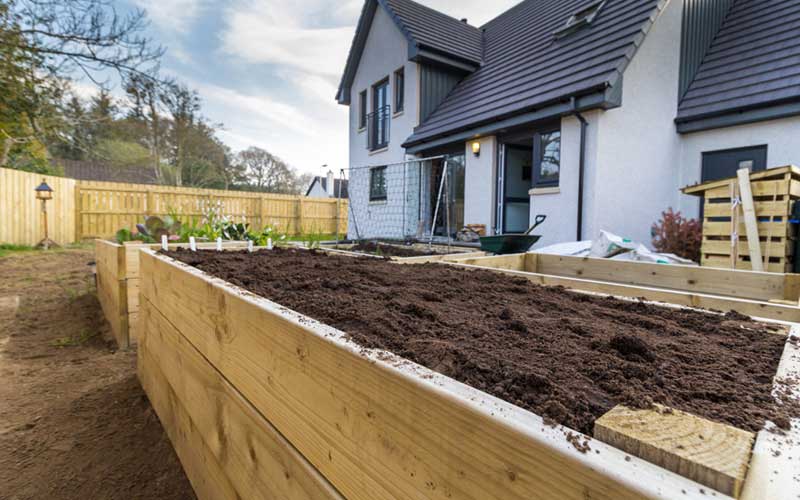
Increase the Height of the Bed
Sometimes all you need is more space. If your regular yard soil has too much clay, for example, make the garden bed with added soil higher so that the water has farther to drain before it hits clay. There’s really no maximum height for a raised bed other than what you can reach and are willing to maintain.
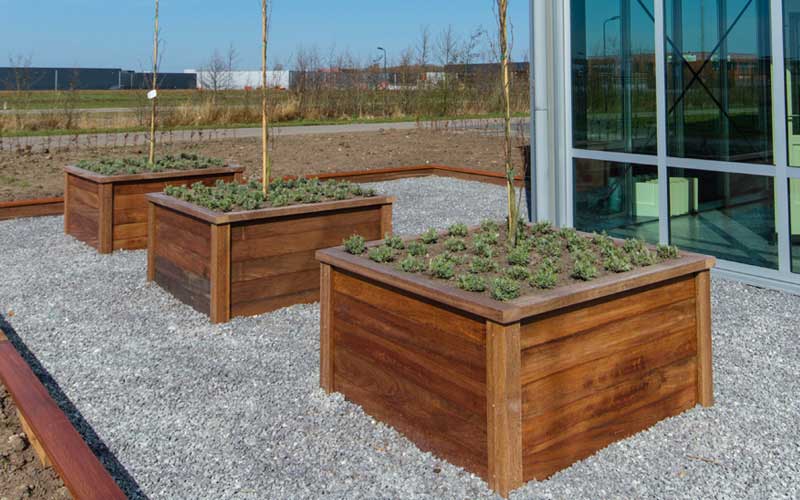
Aerate With Either Cover Crops or a Fork
Compacted soil, ranging from naturally compacted clay to soil that has been stepped on by too many people, needs to be aerated. Aeration is simply the opening up of a mass of soil to let more oxygen and nutrients reach deeper levels.
You can manually aerate soil, such as with a broad fork, or you can plant cover crops whose roots help loosen soil and draw up more nutrients. Note that compaction can occur even if all you have are pets jumping onto the raised bed. It’s a good idea to aerate soil in beds before planting.
Increase Drainage Around the Beds, Too
Good drainage requires not only that excess water drain away from the roots of the plant, but also that it drains out of the garden. If you have raised beds that drain very well, but then the surrounding paths become mini-lakes, that’s not going to lead to a healthy garden and could eventually cause the quality of the raised beds to deteriorate as soil erodes and fungal pathogens grow.
In addition to ensuring that the beds are tall enough and have a nicely aerated mix of nutritious components, build drains in the garden that direct runoff and other moisture to a storm drain or to a rain garden.
A rain garden is an area with plants that prefer wet soil; it acts as a repository for unwanted moisture while also producing some lovely flowers and foliage. For some rain garden plant ideas, see our 12 Perfect Plants for a Rain Garden article.
If possible, identify what’s stopping most of the raised bed from draining well and fix that first. There could be additional problems with drainage that you need to address, but the process will go more smoothly if you can fix the most obvious problem first.





